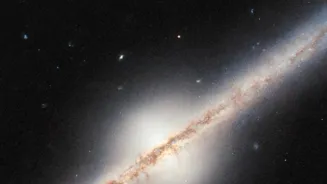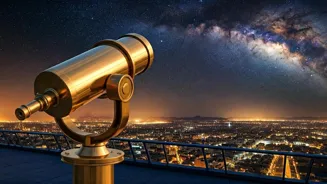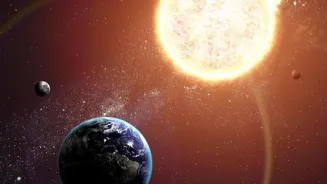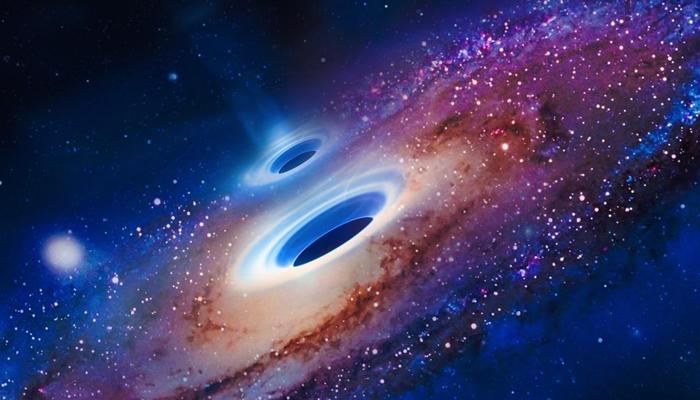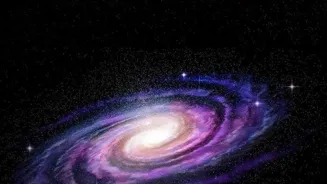Unlocking the Mysteries of the Universe: Superclusters and Voids Revealed. Delve into the cosmic web's secrets and evolution
The universe, as we see it from our tiny corner of Earth, isn't just a random
scattering of stars and galaxies. Instead, it's organized into a vast, intricate web of cosmic structures. These structures are superclusters and voids, each playing a crucial role in the grand cosmic dance.
Think of it as a city map, where buildings are galaxies, neighborhoods are galaxy clusters, and major highways connecting them are cosmic filaments. In this city, there are also vast empty spaces, the voids, like parks and undeveloped land.
Understanding these structures helps astronomers understand how the universe evolved and how galaxies like our own Milky Way came to be.
Superclusters reveal secrets of dark matter in the universe
Superclusters are the largest known structures in the universe. These are gigantic collections of galaxy clusters, bound together by gravity. Imagine many cities merging together to form a megacity. Our own Milky Way galaxy belongs to the Local Group, which is part of the Virgo Supercluster.
These superclusters stretch across hundreds of millions of light-years. Studying these structures gives scientists clues about the distribution of dark matter. This invisible substance has immense power over the formation of galaxies, so it is important to study it.
Voids shape galaxy movement in universe patterns
Voids, on the other hand, are enormous empty spaces between superclusters and filaments. These are regions of space with very few galaxies. Think of them like bubbles in a cosmic foam. Some voids can be hundreds of millions of light-years across.
The presence of voids affects the movement and arrangement of galaxies within the superclusters. These voids show how the universe has created its patterns. It helps us understand the evolution of the cosmos.
Mapping superclusters and voids using redshift in universe
Mapping superclusters and voids is no easy task. Astronomers use powerful telescopes to observe the positions and distances of millions of galaxies. This data is then used to create three-dimensional maps of the universe.
One of the biggest challenges is measuring the distances to galaxies accurately. Astronomers use redshift, which is the stretching of light from distant objects due to the expansion of the universe. By measuring the redshift of a galaxy, they can estimate how far away it is.
Dark matter's impact on galaxies studied through simulations
Another challenge is accounting for the presence of dark matter. Since dark matter does not emit light, it is invisible to telescopes. However, its gravitational effects can be observed by studying the movements of galaxies.
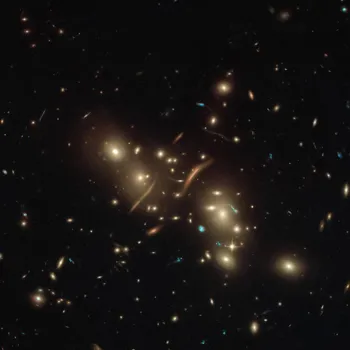
Astronomers use computer simulations to model the distribution of dark matter and its influence on the formation of cosmic structures. These simulations help in our understanding of how these patterns emerged over billions of years.
Astronomers make progress in mapping universe's structure
Despite these challenges, astronomers have made significant progress in mapping the large-scale structure of the universe. Several large surveys, such as the Sloan Digital Sky Survey (SDSS) and the Dark Energy Survey (DES), have provided vast amounts of data.
This has helped with a more detailed picture of superclusters and voids. These mappings help us understand the universe's makeup and its ongoing evolution.
Studying superclusters and voids unveils universe secrets
Studying superclusters and voids can reveal valuable information about the universe. It also helps us understand the underlying physics and the history of the universe since the Big Bang.
The distribution of superclusters and voids provides clues about the nature of dark energy, the mysterious force that is causing the universe to expand at an accelerating rate. The existence of dark matter and dark energy have been proven with these studies.
Astronomers use superclusters to test cosmological models
By studying the evolution of superclusters and voids, astronomers can test the different cosmological models that describe the universe's history. These models predict how the universe should have evolved from the initial conditions after the Big Bang.
The observations of superclusters and voids provide a way to test these predictions and refine our understanding of the universe. It helps us determine the history of the cosmos and also gives us the chance to refine the theories.
Ongoing research reveals cosmic structures and universe mysteries
The research on superclusters and voids is an ongoing process, with new discoveries being made all the time. As telescopes become more powerful and our understanding of physics improves, we will undoubtedly gain a deeper appreciation for the beauty and complexity of the universe.
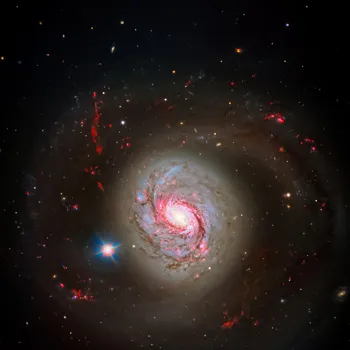
These cosmic structures also show the mysterious events that shaped our universe.
AI Generated Content. Glance/InMobi shall have no liability for the content
